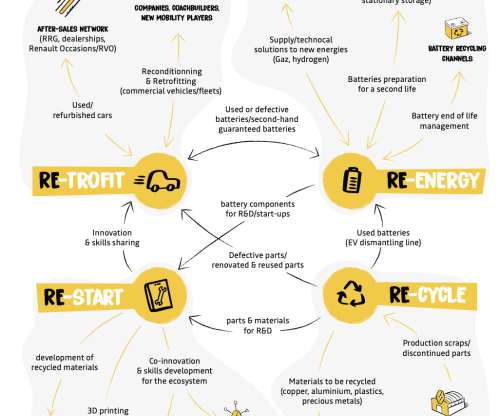JRC study finds 8 metals for low-carbon energy technologies at risk of shortages; EVs, wind and solar, and lighting the applications of most concern
Green Car Congress
NOVEMBER 4, 2013
A new European Joint Research Centre (JRC) study looking into the supply of raw materials for the manufacture of low-carbon energy technologies found that eight metals were at high risk of shortages. The applications, i.e. technologies, of particular concern as a result are electric vehicles, wind and solar energy, and lighting.
















Let's personalize your content